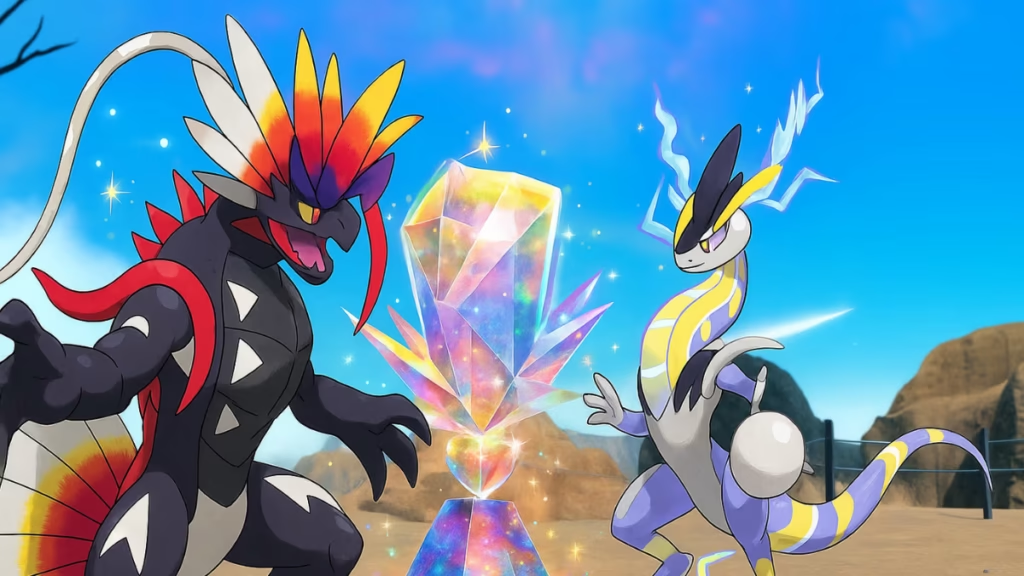GameStop has addressed the ongoing backlash surrounding the Shiny Koraidon and Shiny Miraidon event for Pokémon Scarlet and Violet. The retailer clarified how limited code availability, scalping, and communication issues led to confusion across U.S. stores.

GameStop explained that the first wave of free Shiny Koraidon and Shiny Miraidon code cards disappeared quickly because of huge player demand. After seeing community feedback, the company partnered with The Pokémon Company (TPCi) to launch a second wave of codes, this time printed as store receipts instead of physical cards.
Each store received around 50 codes per wave, given out on a first-come, first-served basis. GameStop emphasized that TPCi decided the limits, and the retailer simply distributed every code it received. The company also confirmed that it will keep working with Pokémon to secure more codes for fans before the event ends on October 15, 2025.
Shortages and Scalping Issues
What started as a simple giveaway turned into a frustrating experience for many players. Several fans arrived at GameStop locations only to find that codes had already run out within hours.
Scalpers quickly took advantage of the situation and listed the free codes on eBay, with prices reaching up to $100 in the first few days. The shortage and reselling wave left many players disappointed, especially since the event was supposed to reward loyal trainers with exclusive shiny Pokémon.
GameStop responded by confirming that it distributed every code provided by TPCi and promised to release more if Pokémon sends additional batches. The company thanked fans for their patience and continued enthusiasm.
The controversy reignited debate over how Pokémon runs its distribution events. Many players criticized the physical-only model, arguing that it creates barriers for fans who can’t visit stores easily due to distance, schedules, or disabilities.
Players also questioned why Pokémon didn’t use its Mystery Gift system, which delivers codes directly through the game without requiring in-person visits. Online distributions have worked well in the past, handling massive participation without major issues.
See also: How to Get Shiny Koraidon & Miraidon in Scarlet and Violet
This situation highlights the need for a more accessible and scalable distribution method. While GameStop clarified its limited role and cooperation with TPCi, the event showed how physical-only promotions can frustrate modern gaming communities.
Many players now hope that future Pokémon events will return to global online giveaways, allowing everyone a fair chance to participate. GameStop, for its part, has shown willingness to collaborate and adapt if Pokémon changes its approach.
See also: Pokémon GO October 2025: All Raid Hours and Raid Bosses
GameStop’s transparency and quick coordination with Pokémon have helped calm some frustration, but the controversy left a lasting impression on players. Between tight code limits, inconsistent store rules, and scalping issues, this event reminded both companies how crucial accessibility and fairness are for community-driven promotions.
For now, GameStop continues distributing codes while fans wait to see whether Pokémon will adopt a fairer and more digital-friendly approach in the future.

